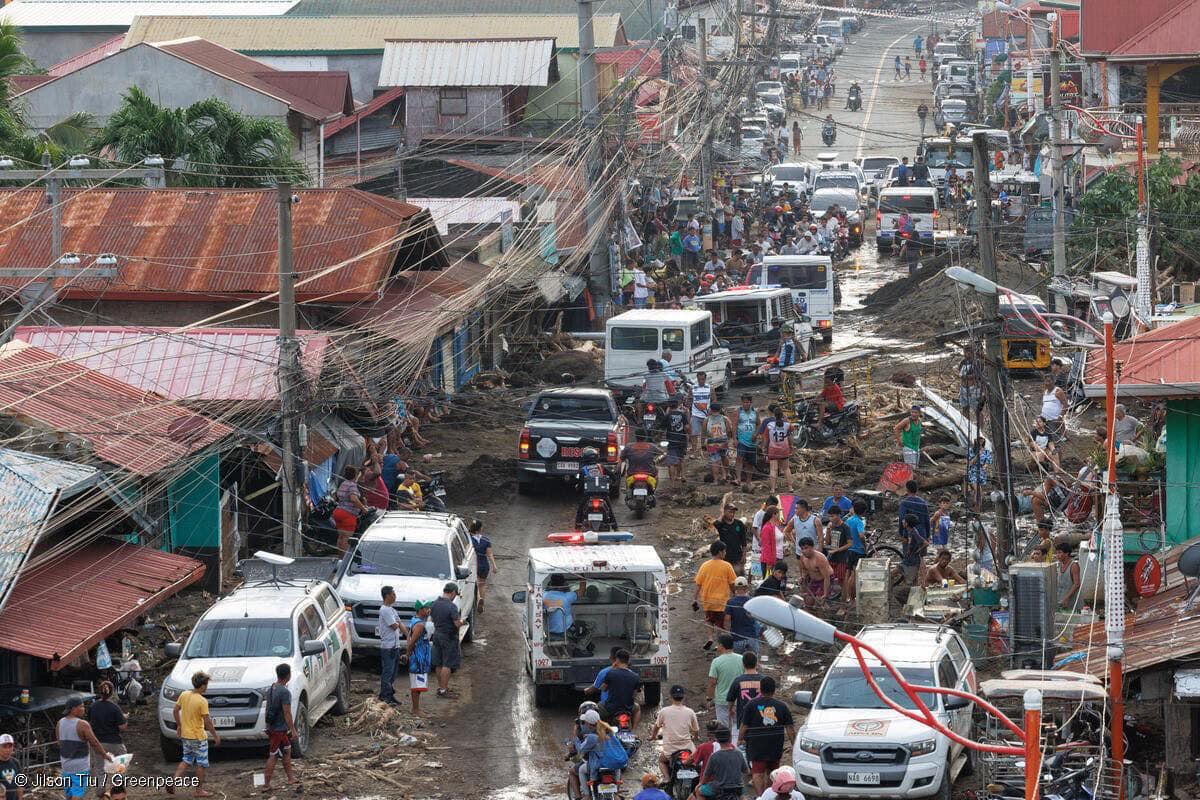 RESEARCHERS from the University of the Philippines have noted a decline in the number of new COVID-19 cases being logged in the country.
RESEARCHERS from the University of the Philippines have noted a decline in the number of new COVID-19 cases being logged in the country.
“The number of cases in the Philippines has been decreasing, and currently at less around 2,500 new cases per day (based on case reports),” the UP OCTA Research team said in its report dated Tuesday, October 6.
According to them, the figure is lower than the almost 3,200 daily cases recorded from September 15 to 22.
The research team also noted that the number of cases in the National Capital Region decreased to less than 1,000 per day.
“The situation in the NCR has improved as the rate of transmission, the number of cases, as well as the positivity rate are all on a downward trend,” they said.
However, the group stressed that minimum health standards must be enforced to sustain the downward trend.
“The situation in the NCR has improved as the rate of transmission, the number of cases, as well as the positivity rate are all on a downward trend. But these positive trends are not irreversible and significant efforts have to be undertaken by all stakeholders to sustain it,” the OCTA Research team said.
“We urge the national and the local governments to strictly monitor and enforce compliance with minimum health standards such as physical distancing, the wearing of face mask and face shields and proper hygiene at the community level. We believe that the strict and universal compliance with minimum health standards can lower COVID-19 transmissions in the country,” they added.
They also said that the private sector should complement the national government’s measures to address COVID-19.
“The cooperation of the business establishments will significantly reduce the risk of workplace transmission while jump-starting economic recovery,” the group pointed out.
The OCTA Research team likewise urged the government to consider shifting certain “high-risk” areas back to a stricter quarantine classification.
Included in these areas are:
• Benguet (including Baguio City)
• Davao Del Sur (including Davao City),
• Iloilo (including Iloilo City)
• Misamis Oriental (including Cagayan de Oro)
• Nueva Ecija
• Quezon
• Pangasinan (including Dagupan)
• Western Samar
• Zamboanga Del Sur (including Zamboanga City)
These areas are considered “high-risk” because their daily attack rate per 1000 is greater than 1.0 percent, according to the group.
“The national and local government must intensify their efforts at testing, tracing, and isolation to reverse the increase of transmissions in these areas. The national government may consider reverting to a stricter quarantine classification for the aforementioned areas,” the research team said.
“It may also consider a stricter quarantine classification in areas with limited hospital capacity and with an increasing number of new cases such as in the provinces of Cagayan and Isabela,” they added.
To date, there are 334,770 confirmed COVID-19 cases in the country, with 6,152 fatalities and 275,307 recoveries.





